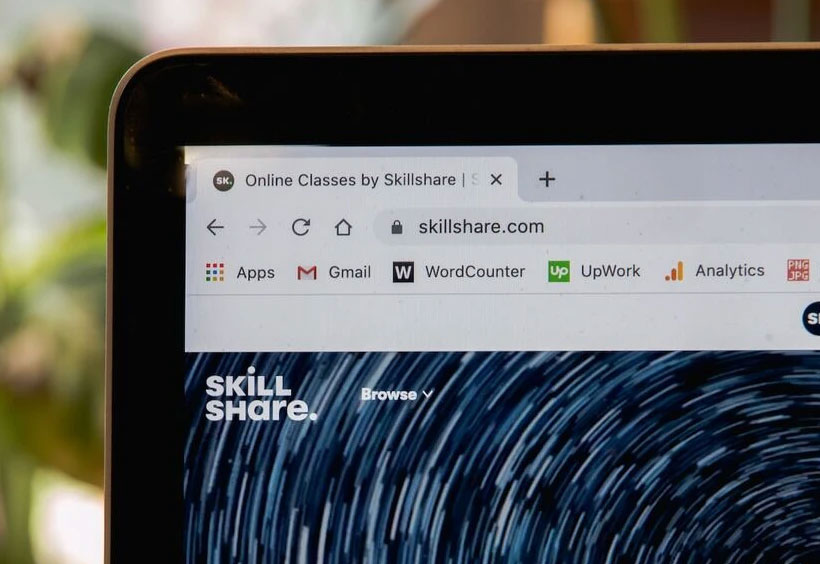How To Increase Business Sales Today

Increasing your sales can seem intimidating, especially if sales doesn’t come naturally to you. But the path to improved revenue isn’t about hard selling; it’s about smarter engagement and strategic focus. So, let’s delve into the essential rules for how to increase business sales today.
Rule #1: Stop Trying to Convince People
It may sound counterintuitive, but the first rule is to stop spending your energy trying to convince people to buy from you. People generally prefer making informed decisions rather than feeling like they are being sold to.
Types of Customers
Consider the three types of customers you’ll encounter: those ready to buy today, those who may buy tomorrow, and those who will never buy. You could also think of them as ripe bananas, green bananas, and rotten bananas, respectively. Some are ready to commit now, some may be future prospects, and some are just not interested, no matter what you do.
Applying the 80/20 Rule
You’ve probably heard of the 80/20 Rule or Pareto’s Principle. This principle states that 80% of your outcomes come from just 20% of your efforts. In sales, this could mean focusing 80% of your day on customers who are ready to buy now and only 20% on those who need more time, while avoiding time-wasters. This prioritization dramatically increases your efficiency and your ability to close deals, impacting your bottom line positively.
Rule #2: Diligent Follow-Up
The second rule is to follow up with prospects meticulously. While this sounds like a basic principle, it’s astonishing how many sales opportunities are lost due to a lack of or poor follow-up.
Keep Detailed Notes
Every time you engage with a potential client, whether in person, via phone, or online, make detailed notes immediately after the conversation. Document what the customer needs, the concerns they might have, and any other details that can help you understand their pain points better.
The Power of Persistence
I once secured a lucrative cleaning contract simply by following up as promised. It was a year-long effort, but my persistence eventually paid off, resulting in a deal that significantly boosted our yearly revenue. So, whenever you promise to follow up, make sure you do.
Rule #3: Professional Branding
Your branding speaks volumes about your business. It tells potential customers that you’re professional, that you mean business, and it defines what you’re about.
Utilize Online Resources
Designing an attractive logo and a compelling tagline doesn’t have to break the bank. You can make use of online resources like Fiverr for affordable design services, or Shopify’s tagline generator for catchy slogans.
Digital Presence
Your website is often the first point of contact between you and potential customers. Make sure it reflects your brand’s personality and is easy to navigate. A well-designed website invokes trust and gives your business a veneer of credibility that can be the deciding factor for many customers.
Business Cards and Collateral
Don’t skimp on business cards or other marketing material. A well-designed business card can make a lasting impression. Likewise, branded email addresses that end with your domain name (as opposed to generic Gmail or Yahoo addresses) appear far more professional and legitimate.
Rule #4: Upselling and Cross-Selling
One often-overlooked way to increase business sales today is through upselling or cross-selling to your existing customer base. For example, if a customer purchases a basic version of your product, you could offer them an upgrade at a discounted rate. Cross-selling could involve offering complementary products to the customer’s original purchase.
Rule #5: Leverage Customer Testimonials
Word-of-mouth is still one of the most effective forms of marketing. Make use of customer testimonials on your website and social media channels. This not only helps you build credibility but can often tip the scales in your favor when a potential customer is deciding between you and a competitor.
By following these rules and implementing these strategies, you transition from being a mere salesperson to becoming a trusted consultant, resulting in not only a one-time sale but also in customer loyalty and repeat business. This strategic shift can significantly increase business sales today and pave the way for sustainable growth in the future.









